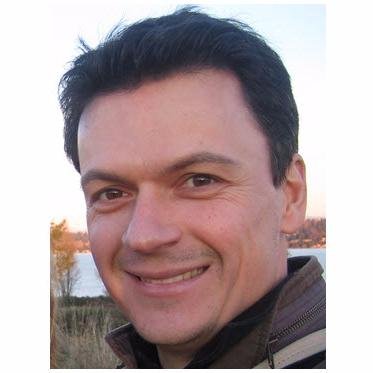Frequently Asked Questions about Cloud-based Abaqus Simulation for SOLIDWORKS
The Structural Mechanics Engineer Role, part of the SIMULIAworks portfolio, now gives you direct access to Abaqus capabilities on the 3DEXPERIENCE® cloud-based platform from within SOLIDWORKS®.
Here is a brief FAQ on Structural Mechanics Engineer to help you understand more about the product and how it might benefit your company.
What is Structural Mechanics Engineer?
Structural Mechanics Engineer is a comprehensive structural simulation SaaS (software as a service) solution for SOLIDWORKS users with the proven Abaqus finite element analysis (FEA) technology on the collaborative 3DEXPERIENCE platform.

What does Structural Mechanics Engineer do?
Structural Mechanics Engineer solves a broad range of structural simulation problems—from simple to complex—including linear and nonlinear static, dynamic, thermal, frequency, buckling, random vibrations, and more. Typical problems solved include high-speed events such as drop tests, impacts, material forming, and snap fits. Low-speed events include compression of gasket, pre-loaded bolt assembly, large deformation, large strain, material plasticity, and others. It also includes a wide range of advanced material models (hyperelastic, plastic deformation and much more), material calibration, and geometry simplification tools.

Why consider Structural Mechanics Engineer?
The technology has an integrated and associative workflow with SOLIDWORKS. The SaaS model offers flexibility to subscribe for three months or one year with no extra hardware to set-up or maintenance fees. The user has the option to run simulations on their local machine or on the cloud—freeing up local computing resources.
Abaqus technology can solve complex nonlinear static and dynamic problems with accuracy, involving sliding contacts and large assemblies with multiple nonlinearities. It is a scalable solution for all user’s profiles, from novices to experts, from designers to advanced simulation engineers. The 3DEXPERIENCE platform enables you to share your work with internal and external development teams securely.

How does it work with SOLIDWORKS?
The SOLIDWORKS Connector lets the user save and manage SOLIDWORKS geometry on the 3DEXPERIENCE platform directly from SOLIDWORKS. There is full associativity between the SOLIDWORKS CAD and the Structural Mechanics Engineer simulation model.
How does Structural Mechanics Engineer compare with Structural Performance Engineer?
Structural Performance Engineer capabilities are included in Structural Mechanics Engineer. The main additions of Structural Mechanics Engineer are:
- The Abaqus/Explicit technology to solve high-speed dynamic problems with accuracy.
- Material Calibration to fit data curves from physical tests into a digital material model to get realistic results.
- Geometry simplification to prepare and simplify geometry for better quality mesh and faster computation.

Where is the simulation data saved?
Simulation data is saved on the customer’s 3DEXPERIENCE secure cloud tenant, in a Collaborative Space. Team members are invited to a tenant (different types of permissions are available) and a Collaborative Space to access and review the same simulation data, material models, and results. This reduces the risk of errors and miscommunication since everyone looks at the same data in real-time. The user has the option to save the results locally or on the cloud.

Can I use multiple cores on my machine and the cloud?
Structural Mechanics Engineer runs simulations on the user’s local machine or remotely on the cloud. By default, a simulation runs on four cores locally. To free-up local computer resources and access more hardware (and more CPU cores), users have the option to run a computation on the cloud.
Making Simulation More Accessible
Advanced static and dynamic simulation technology is no longer just for elite engineers. Structural Mechanics Engineer on the 3DEXPERIENCE platform can solve the most complex simulation problems. If you have further questions, please contact your local reseller. Also, feel free to make comments below and look for our next blog article How Structural Mechanics Engineer Helps SOLIDWORKS Simulation Customers.





